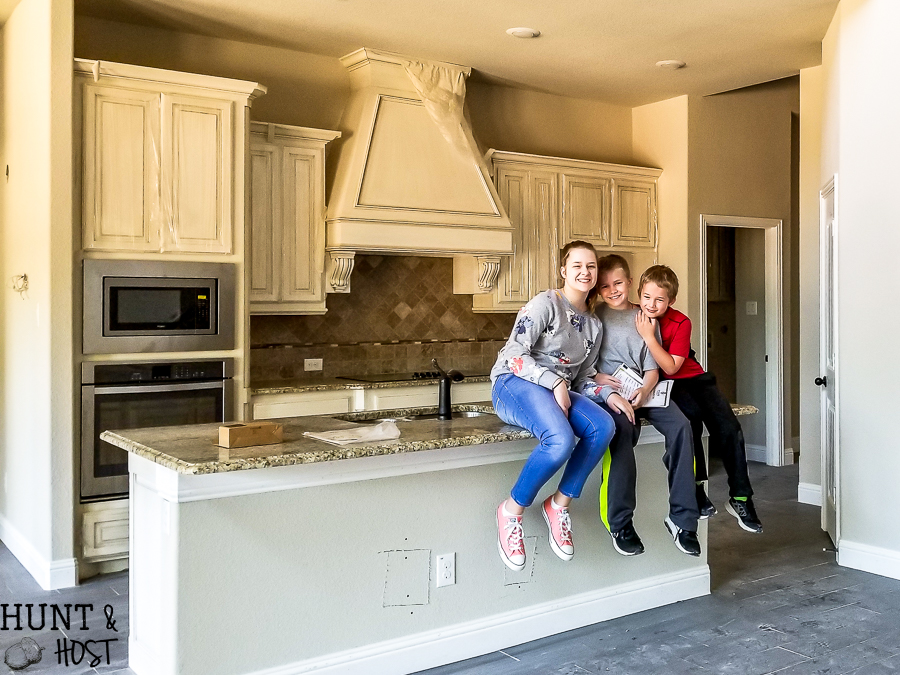Builder grade homes, often referred to as entry-level homes, are a common feature of residential construction. These homes are typically designed to be functional, cost-effective, and appealing to a broad range of buyers. To understand the nuances of builder grade homes, it’s essential to delve into their characteristics, benefits, and potential drawbacks.

Defining Builder Grade
Builder grade refers to the quality and type of materials used in constructing a home. These materials are generally mass-produced, readily available, and selected for their affordability and functionality. Builder grade items are not necessarily low-quality, but they are not high-end either. They represent a middle ground that allows builders to keep costs down while providing a livable space.
Common Materials and Features
Builder grade materials include laminate countertops, basic cabinetry, vinyl flooring, and standard-grade carpet. Windows and doors are typically off-the-shelf products rather than custom-made. The appliances in a builder grade home are functional but not top-of-the-line, often sourced from reliable but affordable brands.
Advantages of Builder Grade Homes
Builder grade homes offer several advantages, making them an attractive option for many buyers.
Affordability
The most significant advantage of builder grade homes is their affordability. By using cost-effective materials and standard designs, builders can offer these homes at a lower price point. This affordability makes homeownership accessible to a larger segment of the population, particularly first-time buyers and those on a tight budget.
Speed of Construction
Builder grade homes are often constructed more quickly than custom homes. The use of standardized materials and designs streamlines the construction process, reducing the time required to build. This efficiency benefits both builders, who can complete projects faster, and buyers, who can move into their new homes sooner.
Easy Upgrades
Another benefit of builder grade homes is the ease with which they can be upgraded. Homeowners can live in a functional space initially and gradually make improvements over time. This flexibility allows for personalization and the opportunity to invest in higher-quality materials as budget allows.
Potential Drawbacks
While builder grade homes have many advantages, there are also potential drawbacks to consider.
Limited Customization
One of the primary disadvantages of builder grade homes is the limited customization options. Because these homes are built using standard designs and materials, buyers have fewer opportunities to personalize their space during the construction phase. This can be a downside for those who desire a unique or highly customized home.
Durability Concerns
Builder grade materials, while functional, may not always offer the same level of durability as higher-end options. For instance, laminate countertops and basic cabinetry may show wear and tear more quickly than their premium counterparts. Homeowners may need to replace or upgrade these materials sooner than they would in a home built with higher-quality products.
Enhancing Builder Grade Homes
Despite the limitations, there are several strategies homeowners can employ to enhance their builder grade homes and improve both functionality and aesthetics.
Focus on High-Traffic Areas
Investing in upgrades for high-traffic areas such as kitchens and bathrooms can significantly impact a home’s overall appeal. Upgrading countertops, installing higher-quality flooring, and replacing standard fixtures with more durable options can enhance both the look and longevity of these spaces.
Creative Customization
Homeowners can add personal touches to their builder grade homes through creative customization. This might include painting walls, adding decorative moldings, or installing unique light fixtures. These small changes can make a significant difference in creating a more personalized and inviting atmosphere.
Landscaping and Curb Appeal
Improving the exterior of a builder grade home can also enhance its overall appeal. Investing in landscaping, adding a fresh coat of paint to the exterior, or installing new doors and windows can transform the look of a home and increase its value.
Market Trends
The demand for builder grade homes has fluctuated over the years, influenced by economic conditions, housing market trends, and consumer preferences.
Post-Recession Recovery
Following the 2008 financial crisis, there was a surge in demand for affordable housing options. Builder grade homes became particularly popular as they provided an accessible entry point for those looking to purchase a home during a period of economic recovery.
Current Trends
Today, the market for builder grade homes remains robust, particularly in suburban and emerging urban areas. The trend toward suburban living, accelerated by the COVID-19 pandemic, has increased demand for affordable, functional homes that offer more space and access to outdoor areas. Additionally, rising construction costs and labor shortages have made builder grade homes an attractive option for both builders and buyers.
Conclusion
Builder grade homes play a vital role in the housing market, offering an affordable and practical solution for many buyers. While they may not feature high-end materials or extensive customization options, they provide a solid foundation for homeownership. With thoughtful upgrades and personalization, homeowners can transform their builder grade homes into spaces that reflect their style and meet their needs. Understanding the characteristics, benefits, and potential drawbacks of these homes is essential for making informed decisions and maximizing the value of this type of investment.